Your Shield in a Risky World
Empowering Protection, One Story at a Time. Delve into our blog for expert advice, insights, and narratives on all things safety. From home security to personal well-being, discover tips, resources that inspire proactive measures and foster a safer environment for you and your loved ones.
Doorbell
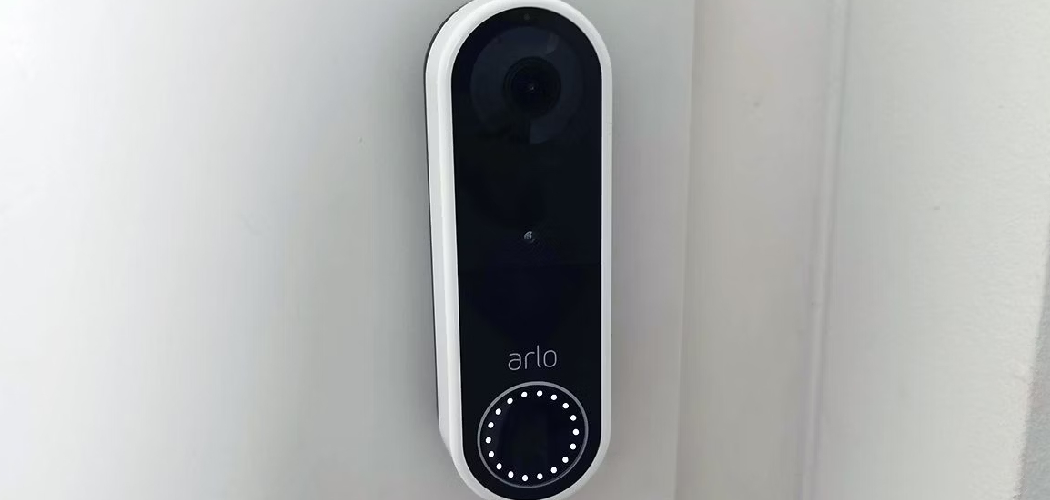
Doorbell, keys, Security System
How to Reset Arlo Doorbell
Resetting your Arlo Doorbell can be helpful in resolving common issues or preparing the device for a new setup. Whether …
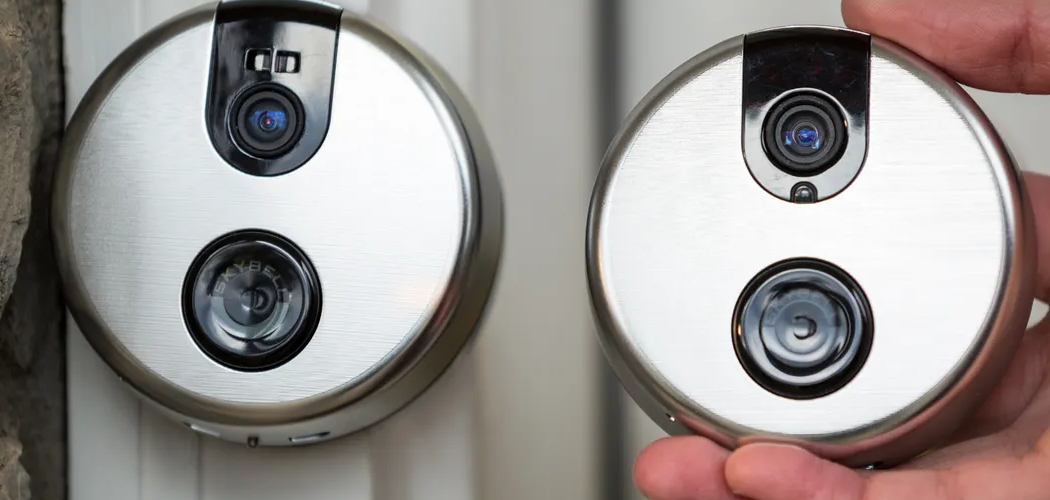
Doorbell
How to Snooze SkyBell Doorbell
Understanding how to snooze SkyBell doorbell notifications can add convenience and flexibility to your smart home experience. SkyBell doorbells are …
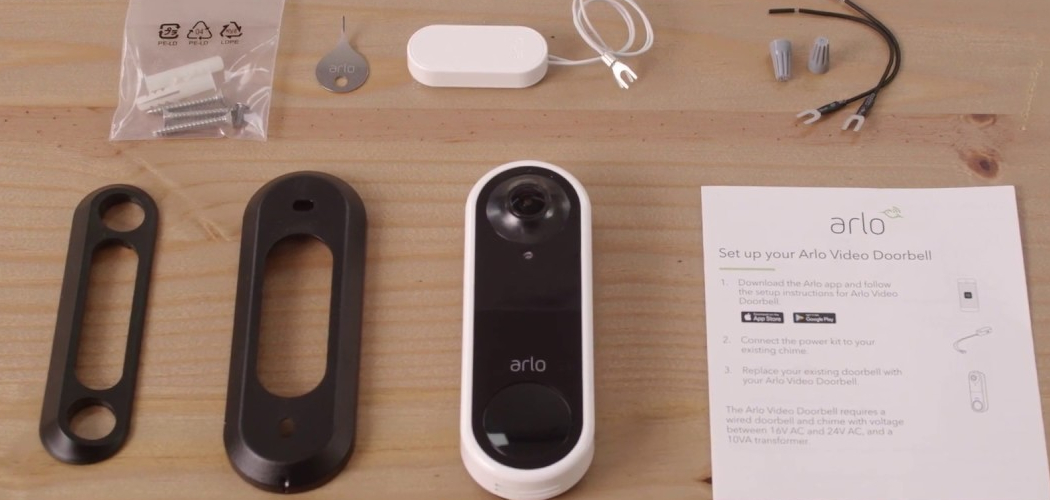
Doorbell
How to Install Arlo Video Doorbell
Learning how to install Arlo Video Doorbell is a smart step toward enhancing the security and convenience of your home. …
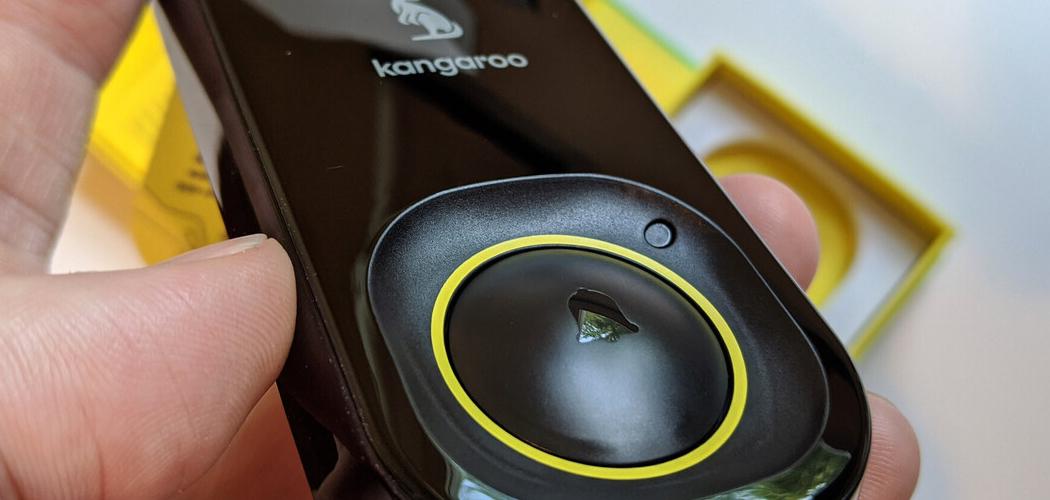
Doorbell
How to Change Wifi on Kangaroo Doorbell
Knowing how to change Wifi on Kangaroo Doorbell is an essential skill for keeping your smart home devices connected and …
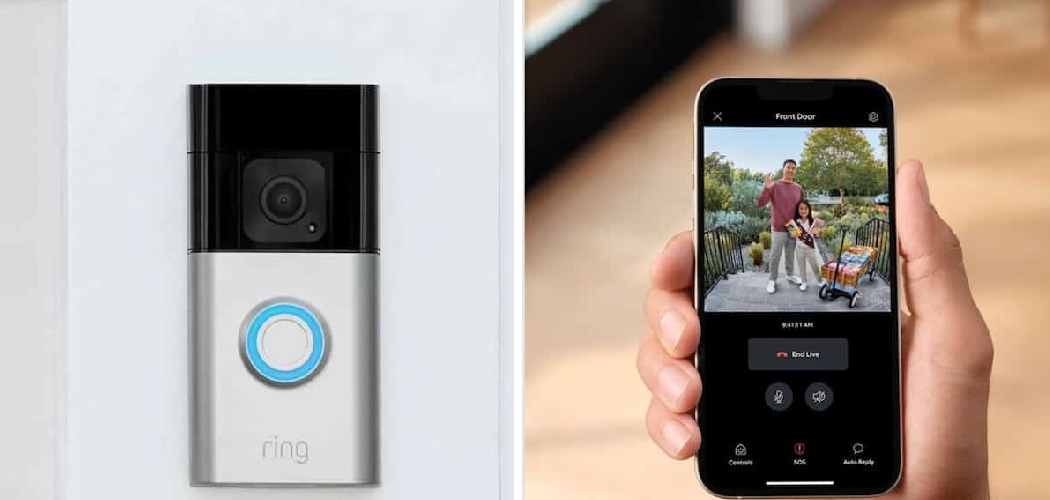
Doorbell
How to Set Up Ring Doorbell That is Already Installed
Are you wondering how to set up your Ring doorbell, which has already been installed? Look no further! How to …
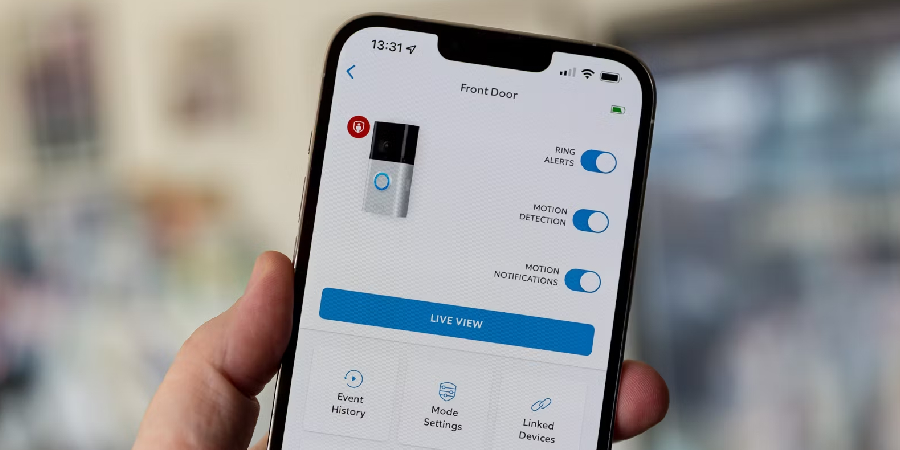
Doorbell
How to Transfer Ring Doorbell
Transferring ownership of a Ring Doorbell can be a straightforward process if you follow the right steps. Whether you are …
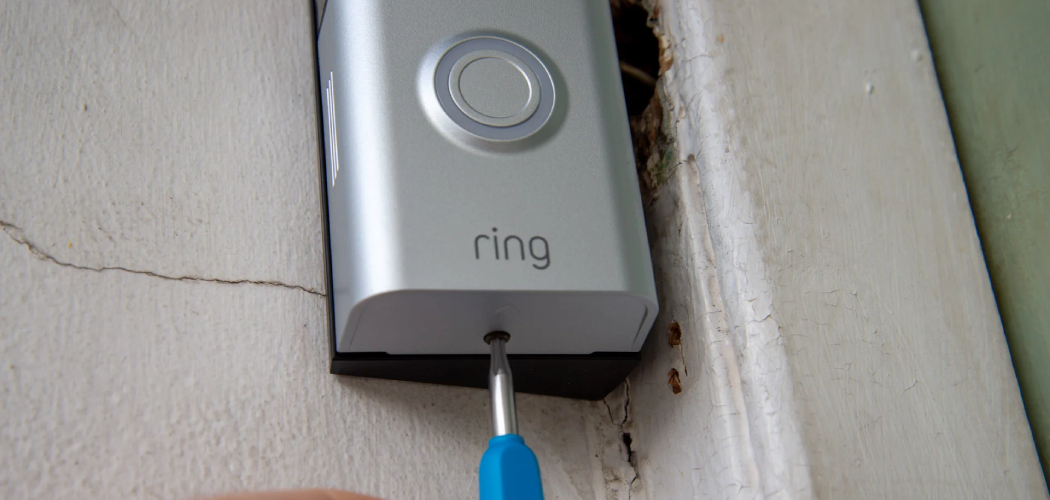
Doorbell
How to Stop Doorbell Transformer Buzzing
A buzzing doorbell transformer can be a minor yet irritating problem that disrupts the tranquility of your home. This issue …
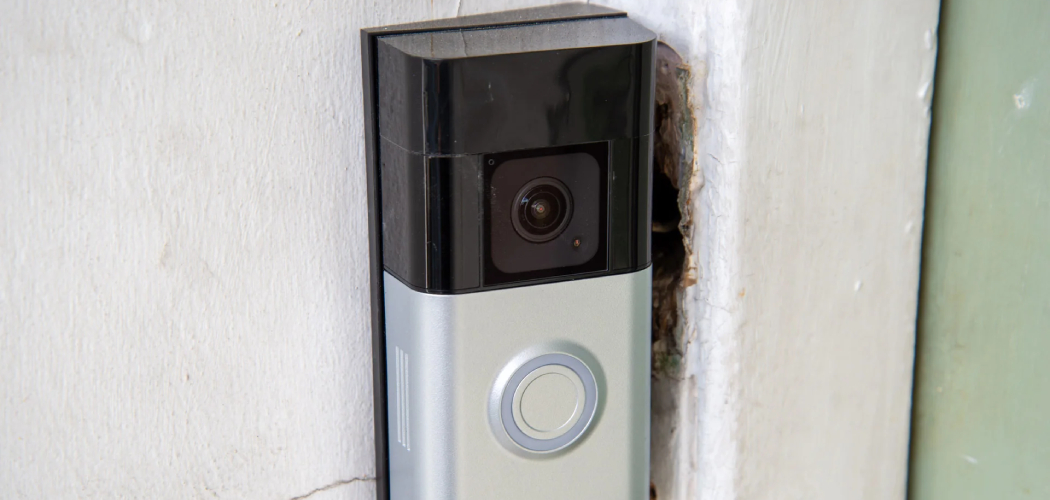
Doorbell
How to Make Blink Doorbell Ring Inside
If you’re looking to enhance your home security system with a Blink Doorbell, ensuring that it rings inside your home …
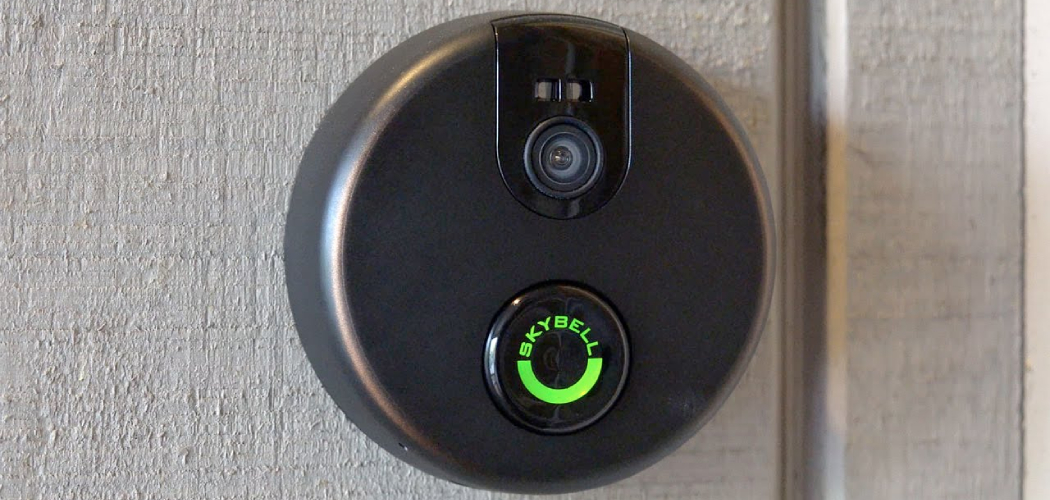
Doorbell
How to Reset Skybell Video Doorbell
Resetting your Skybell Video Doorbell can resolve various issues, such as connectivity problems, performance glitches, or preparing the device for …
Explore Our 250+ Guides on Safety Fic, Penned Down by Experts!
Key Fob
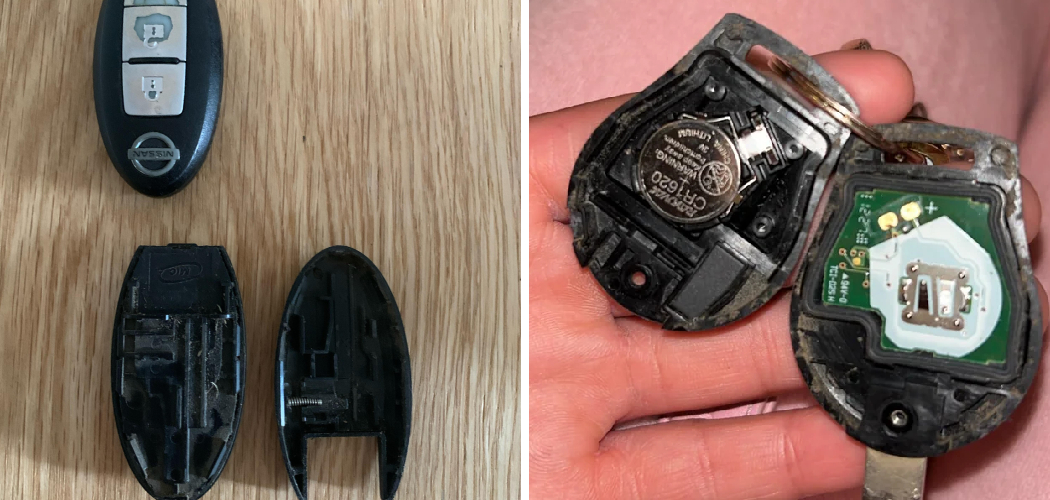
key fob, keys, Security System
How to Change a Key Fob Battery Nissan
Your Nissan key fob is an essential part of your daily driving experience, enabling convenient entry, ignition, and even remote …
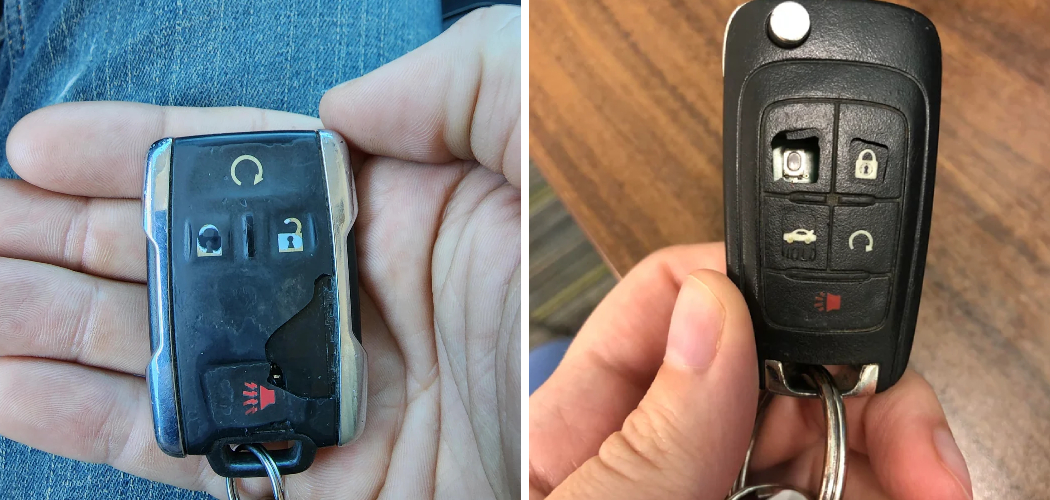
key fob, keys, Security System
How to Open a Chevy Key Fob
For many Chevy owners, a failing key fob is a minor frustration that can interrupt the smooth daily use of …

key fob
How to Start Mercedes with Dead Key Fob
Finding yourself stuck with a dead key fob and unable to start your Mercedes can be frustrating, especially during a …
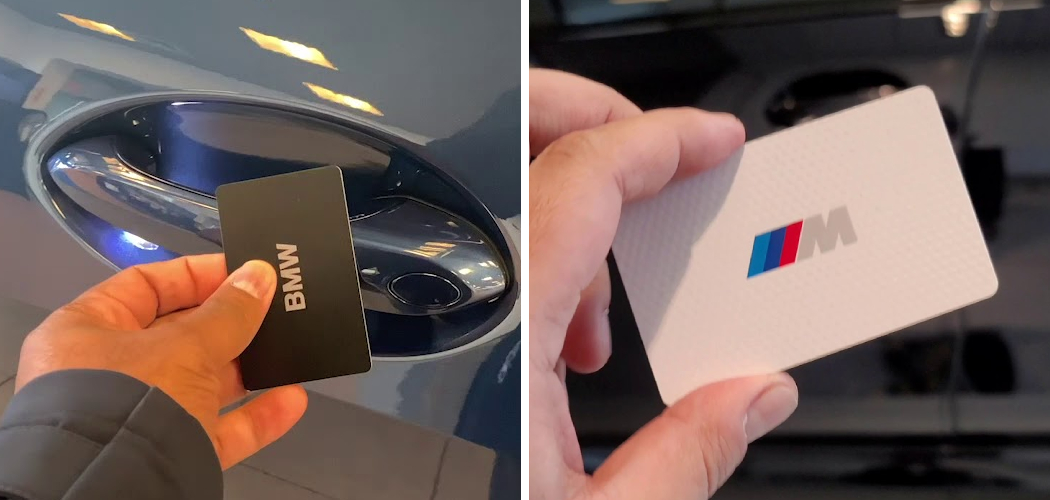
key fob
How to Activate BMW Digital Key Card
BMW has long been at the forefront of automotive innovation, and the Digital Key is a perfect example of technology …
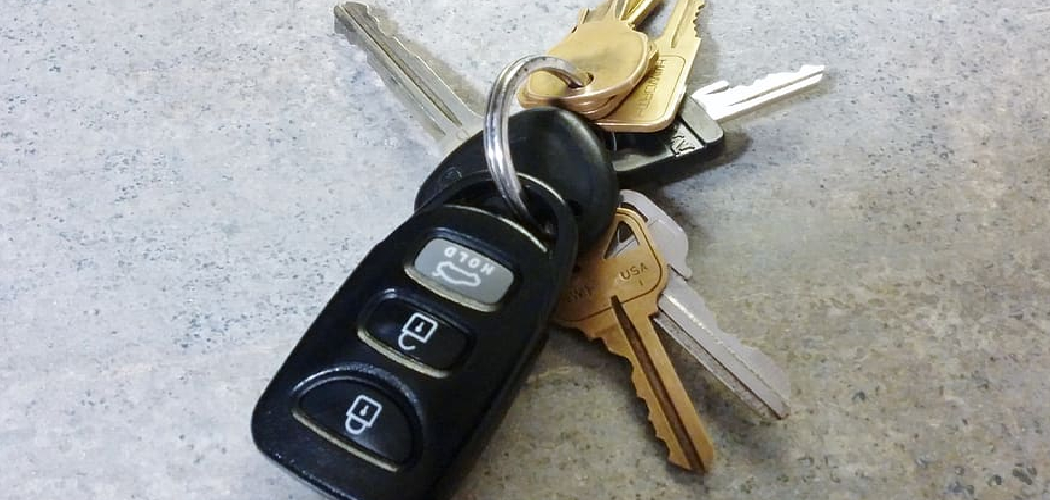
key fob
How to Turn Off Subaru Key Fob
The evolution of modern vehicles has delivered a range of smart technologies designed to offer convenience and improve security, and …
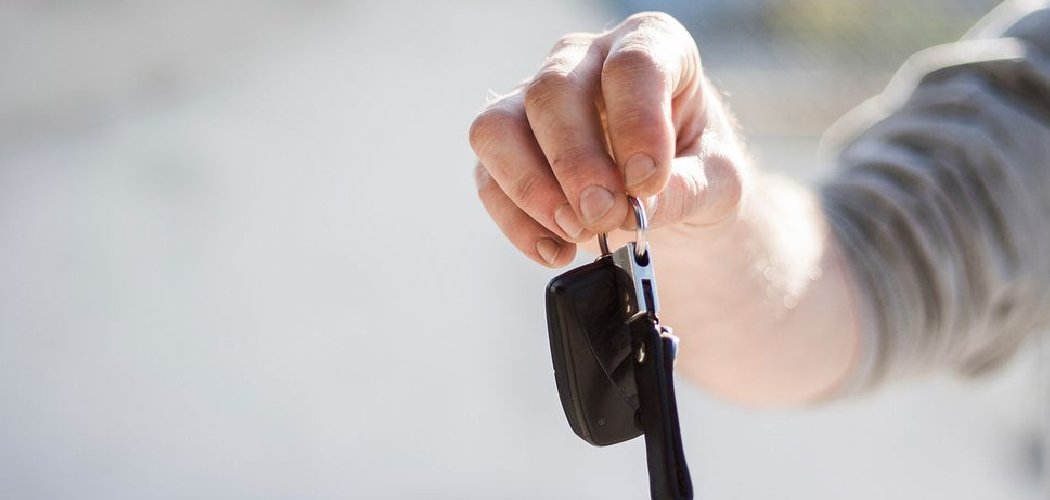
key fob
How to Change Key Fob Battery Chrysler
If you’ve noticed your Chrysler key fob isn’t working as reliably as it used to, or it’s not functioning at …
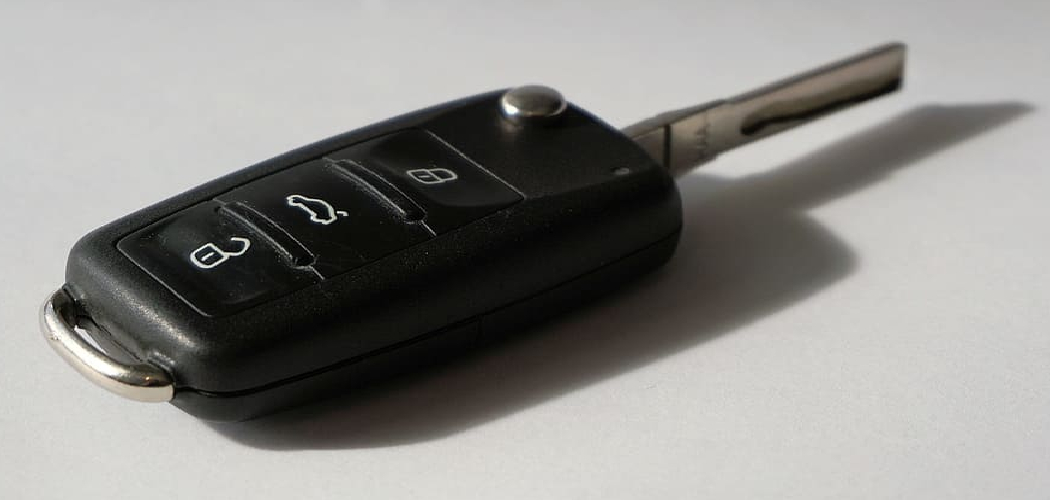
key fob
How to Clone a Challenger Key Fob
Owning a Dodge Challenger is all about power, performance, and convenience. One vital component of that convenience is your key …

key fob
How to Start Chevy Impala with Key
If you’ve ever wondered how to start Chevy Impala with key, you’re in the right place. Understanding the process of …
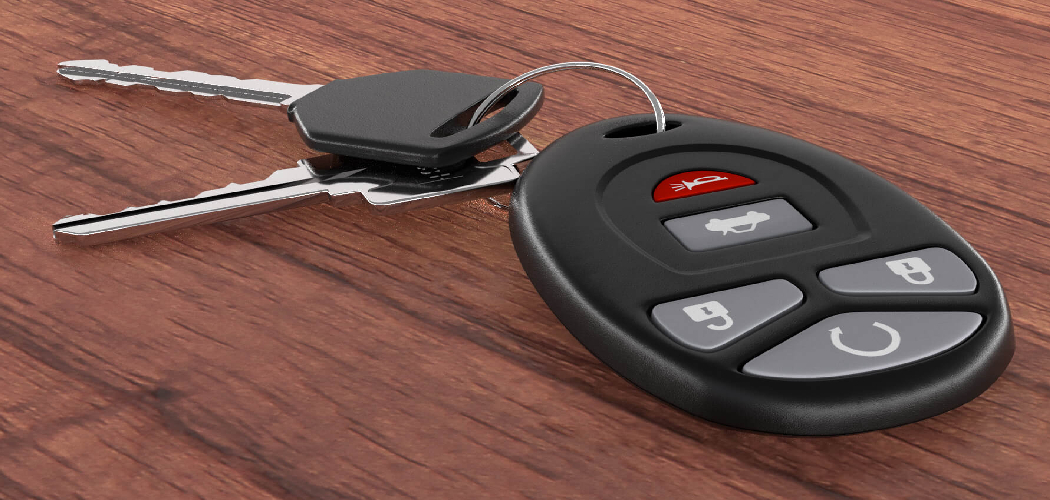
key fob
How to Program Nissan Altima Key Fob
If you’ve recently purchased a replacement key fob for your Nissan Altima, you’re probably wondering how to program it to …
